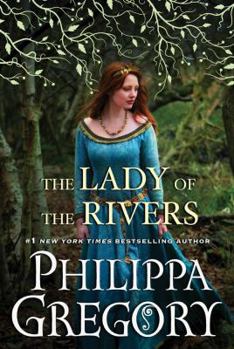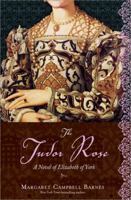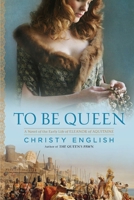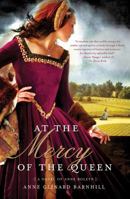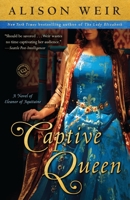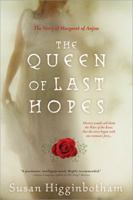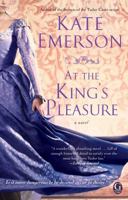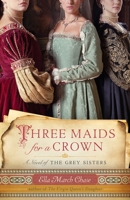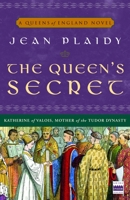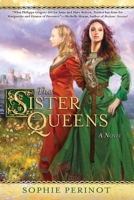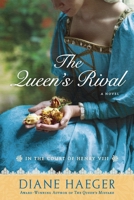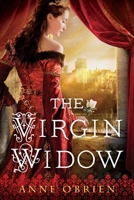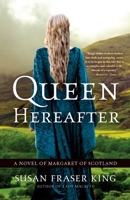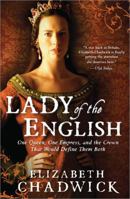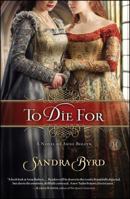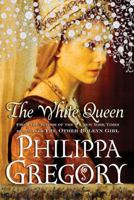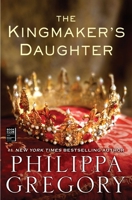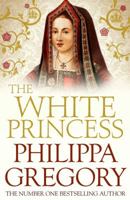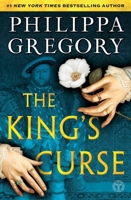The Lady of the Rivers
(Part of the The Cousins' War (#3) Series and The Plantagenet and Tudor Novels (#1) Series)
Select Format
Select Condition 
You Might Also Enjoy
Book Overview
Customer Reviews
Rated 5 starsAmazing
Beautifully written
3Report
Rated 4 starsGreat!
I LOVE historical fiction books and this book was fantastic! Well written and great to read. Just ordered book #2 in the series and can't wait to read it too!
3Report
Rated 5 starsLove
I loved this book! I'm just read The Red Queen and can't wait to read The Kingmaker's Daughter next.
4Report
Rated 5 starsGreat read
I read The Other Bolyen Girl in high school, which introduced me to the author. This book is great, although fiction Gregory does a wonderful job of mixing in just enough facts to make the book feel like a true glimpse into the life of such a strong female figure, In a time rules by men.
3Report
Rated 5 starsA strong story for the mother of a queen.
Jacquetta's story is much more interesting than I anticipated.... The Lady Rivers is a character usually untouched by history, especially in a time that is so overshadowed by men and tyrants. Jacquetta is best known as the mother of Elizabeth Woodville, Queen of England and wife to Edward, the first York King. Gregory's books are always fictional, but filled with a slew of facts and even the foresight and alchemy fit well...
2Report











